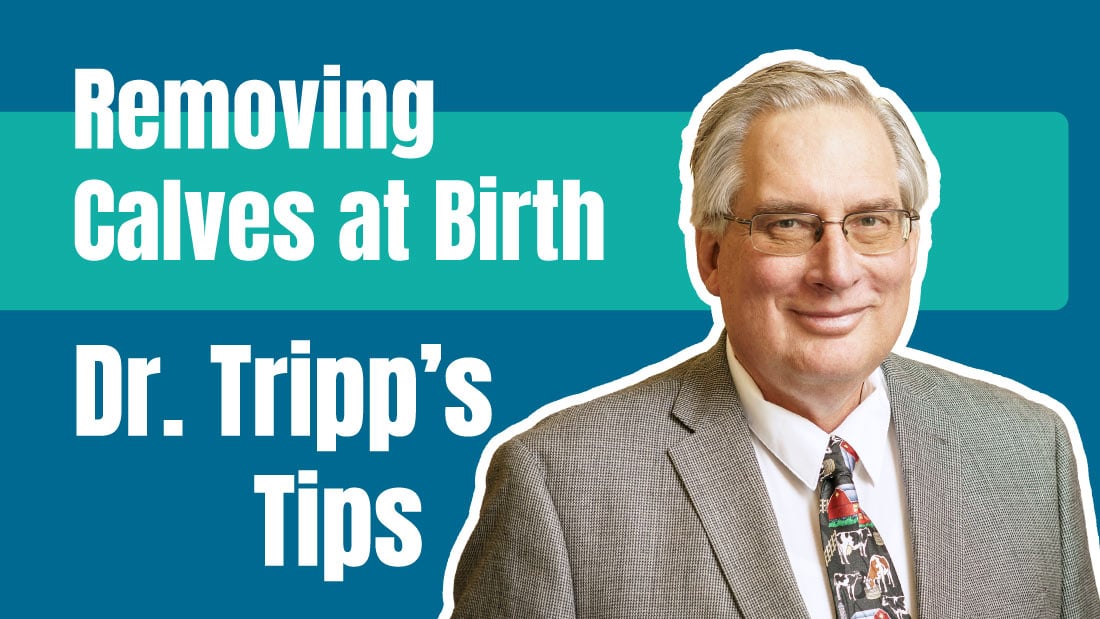I was reading an article from the OSU extension called Branding: OSU working to settle the debate of the ages. It is a study about stress levels in calves during branding time using four traditional restraint methods.
The methods were:
- Heel only roping but separated from the mothers
- Head and Heel roping separated from the cows
- Calf table separated from the cows
- Head and Heel roping with the cows
Blood cortisol levels (measures stress) were taken a week before they were branded, castrated, vaccinated, and dehorned. The same crew reworked the calves the next week and took blood after the procedures were complete. The winners were the calves that were left with the cows—their blood levels were the same as the weeks before. The other methods were twice as high.
This interests me because it shows that psychological separation anxiety was worse than physical pain.
The Reasons for Separation
This led me to think about how the dairy industry removes calves from the cow at birth and the criticism the dairy industry receives because of it.
In the dairy industry, to produce milk, a cow has to give birth. Standard industry practice is to separate the calf after the cow has delivered. Separating the calf from the mother before bonding:
- reduces stress on both animals,
- reduces the transmission of diseases,
- and ensures adequate colostrum protection which is key to calf health.
The point is you need to separate the calf from the cow. It would be more stressful and harmful to allow the newborn to bond with its mother.
In addition, some operations have found that since these animals do better in a group—keeping calves together can ease stress.
On another note, I am just amazed at how important a mother is to the well-being of all species.
My hat is off to all mothers!
This post is part 2 of a 2-part article on Calving.
To be notified immediately when the other articles are published, subscribe and choose immediate notifications.


